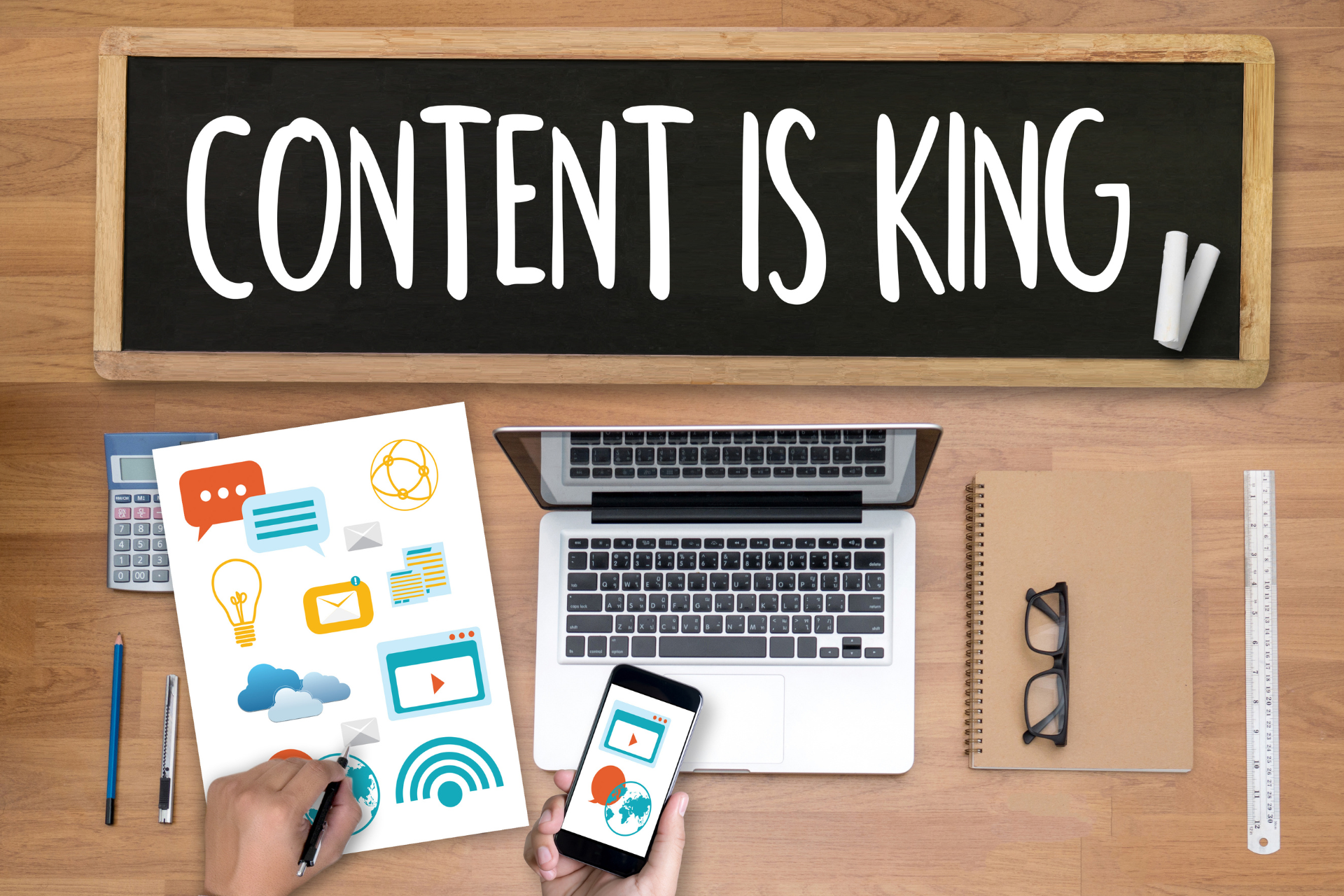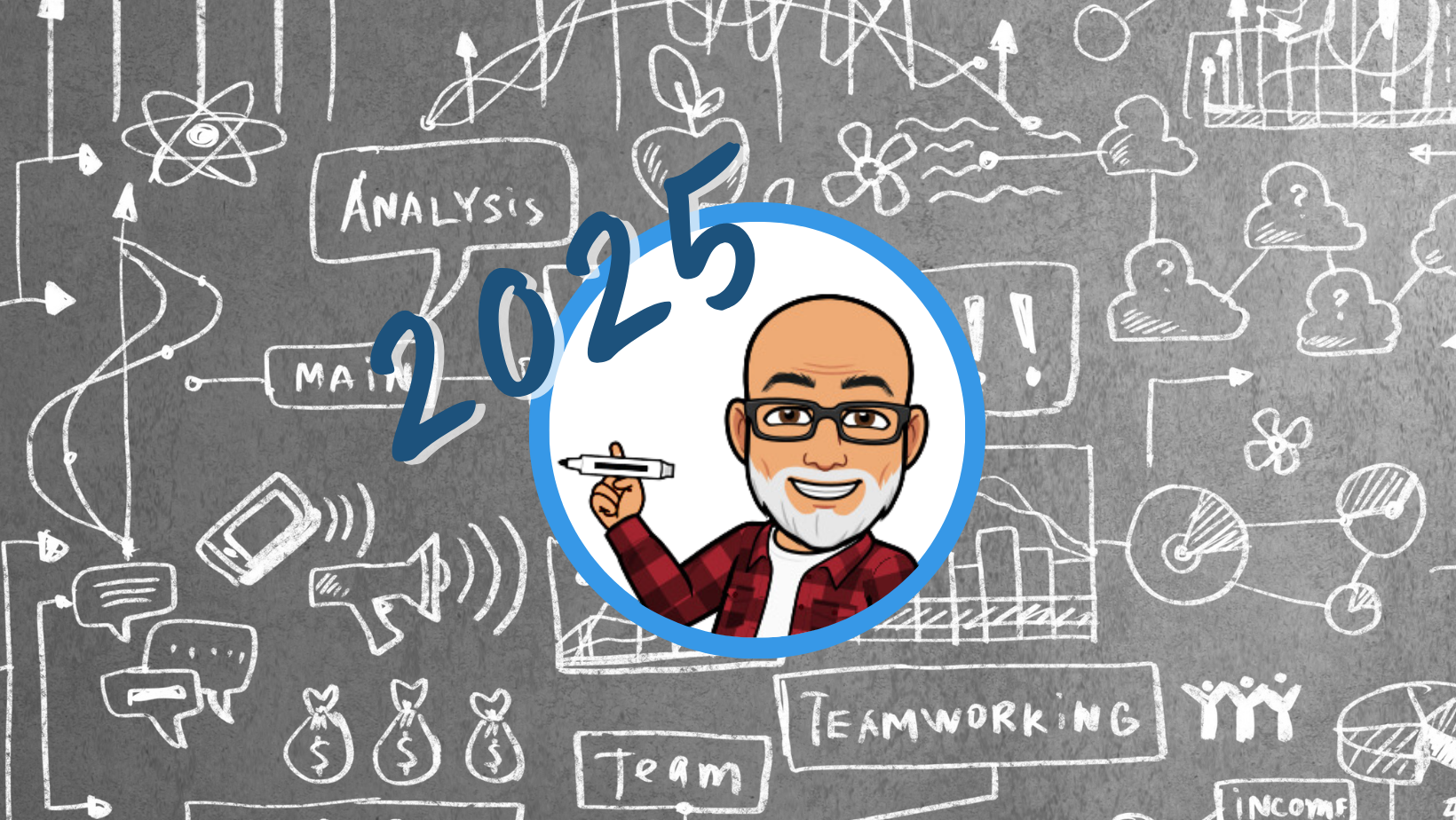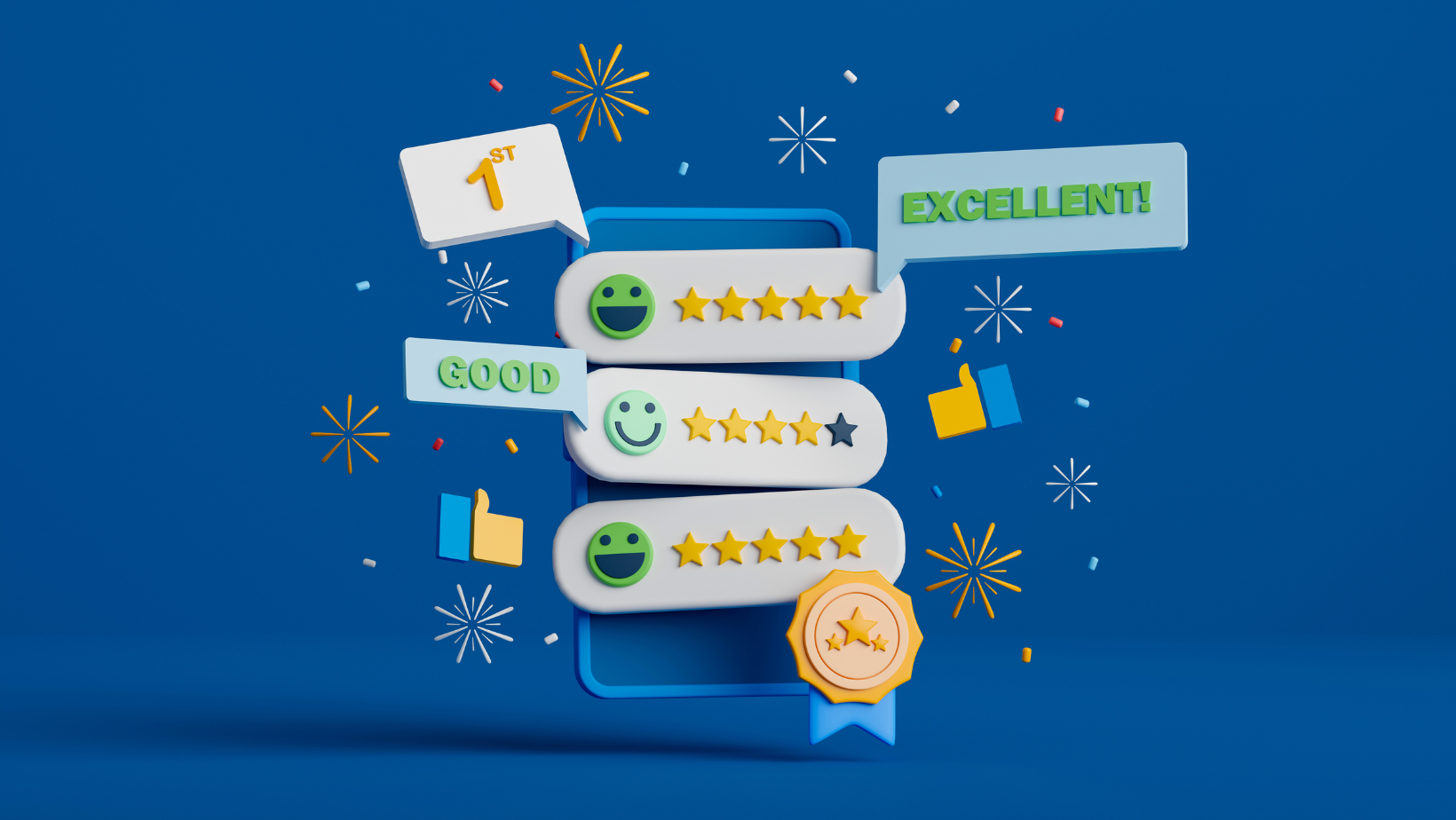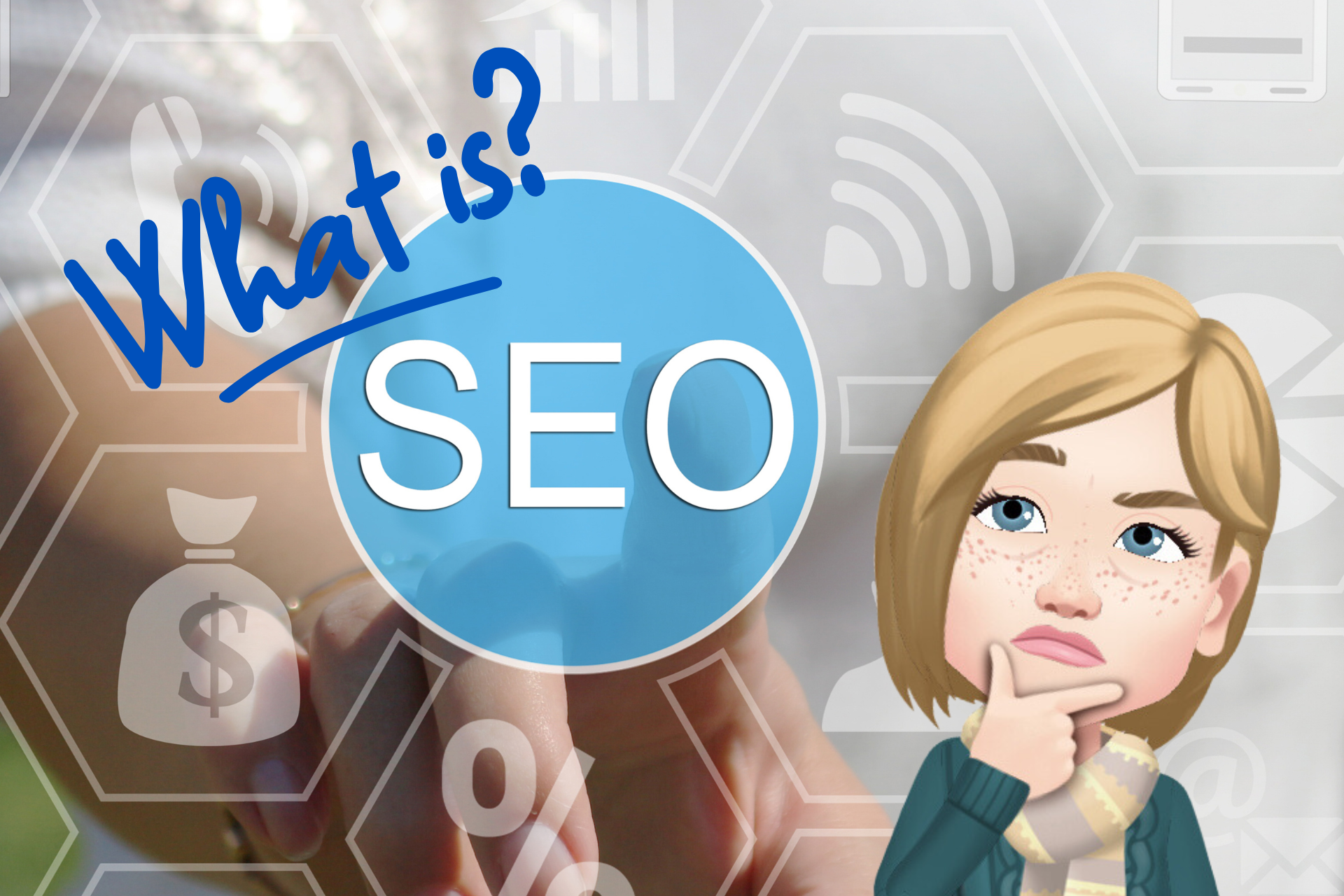Traditional Marketing vs. Digital Marketing. What works better?
Both traditional and digital marketing work to create a successful brand but is one better than the other?
Let's find out!

There's a lot of talk around the internet about traditional marketing versus digital marketing. But the truth is that both have their place in the world of business. So what's better? The answer is: it depends on your specific goals and needs as a business owner. We'll explore some of the differences between these two types of campaigns so you can decide for yourself which one works better for your brand.
Digital marketing is fast
Digital marketing is fast. It's faster than traditional marketing because it can be done in real time, which means you can react to what your audience likes or dislikes about your product and adjust accordingly. Digital marketing also takes less time to produce than traditional advertising, which means there's a greater chance of success for smaller companies who don't have the budget for national television campaigns.
It's easy to measure success with digital marketing
With digital marketing, it's easy to measure success. You can track your digital marketing efforts and see how they're performing. You can measure ROI and discover which channels are working best for you. You may even find that some of your content is performing better than others! This information will help you fine-tune future campaigns in order to increase sales or leads.
Digital marketing also allows you to see what content is most effective for a specific target audience or industry. By using software like Google Analytics, marketers have access to data about their website traffic patterns and visitor demographics—this information helps them focus on creating more relevant messages for specific audiences. The goal of online advertising (the type of advertising done through social media platforms) is always the same: drive engagement with website visitors so that they'll spend more time on site—and hopefully convert into paying customers down the line!
You can reach your audience wherever they are with digital marketing
Digital marketing allows you to reach your audience wherever they are. This can be done through geo-targeting, interest targeting and demographic targeting.
Geo-targeting allows you to target your audience based on where they live or visit online (e.g., Facebook). Interest targeting lets you take advantage of their interests (e.g., Pinterest) and demographic targeting helps narrow down the type of person who is most likely to buy from you or interact with your brand (e.g., age, gender, income level). You can also use location tracking technology that follows people as they move around the web or across mobile apps in order to provide them with relevant information at all times, regardless of what device they're using at any given moment.
Digital marketing allows you to create personalized experiences for your customers.
This is important because customers want to feel like they are being heard, understood and cared about, which is exactly what a personalized experience can provide. When it comes to digital marketing, the best way to do this is through content marketing—specifically by creating highly-relevant content that speaks directly to your audience's needs and interests. This allows you to speak directly with your target audience in an authentic way while also providing them with valuable information that they might not have otherwise been able to access without you reaching out first!
Traditional marketing breaks through digital fatigue
Traditional marketing is also more effective than digital marketing in some cases. Traditional marketing breaks through digital fatigue, which can be a huge advantage for your business. Digital fatigue is a real issue in today's smartphone world of hundreds of messages a day. Think of a tweet....they only stay top of the screen for seconds, traditional marketing (like direct mail) can hold someone's attention for weeks.
Traditional marketing has fantastic ROI.
Traditional marketing is the tried and true way to get your message out. You can reach a wide audience through television, radio and print media. It's easy to measure how well your traditional marketing campaign is working because you can count how many people saw or heard it. Traditional marketing has fantastic ROI (return on investment).
If you run a business that sells products that have seasonal demand, such as Christmas decorations or Valentine's Day cards, then you're in luck! You'll be able to use traditional advertising methods for those months only. It's not so great when you have to spend money on these kinds of campaigns year-round though.
Traditional marketing works exceptionally well when combined with digital marketing.
Traditional marketing is not dead. In fact, it's still quite effective—it can even be combined with digital marketing to create a better overall experience for the customer.
Traditional marketing includes things like billboards, radio and television advertisements and direct mail pieces sent through the post office. It's an excellent way to get your message out there in front of people who may not have seen it otherwise and drive new traffic to your website and online store.
It’s important to remember that you should use both traditional and digital marketing to create a successful brand. We know that the world is moving toward digital, but there are still many people who prefer traditional methods of communication. Even if your audience is made up entirely of millennials, it might be worthwhile to try some old-fashioned advertising tactics in order to reach them and break through the digital clutter.











